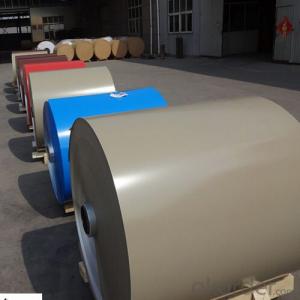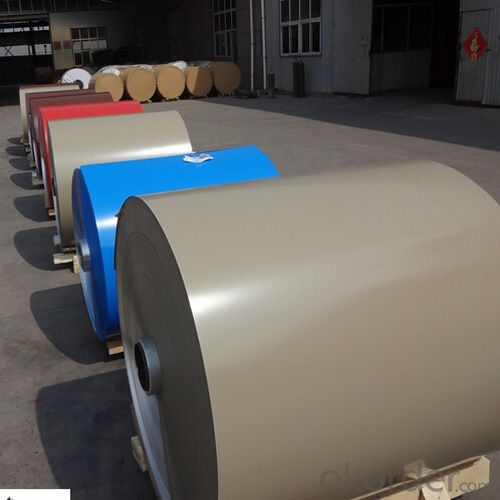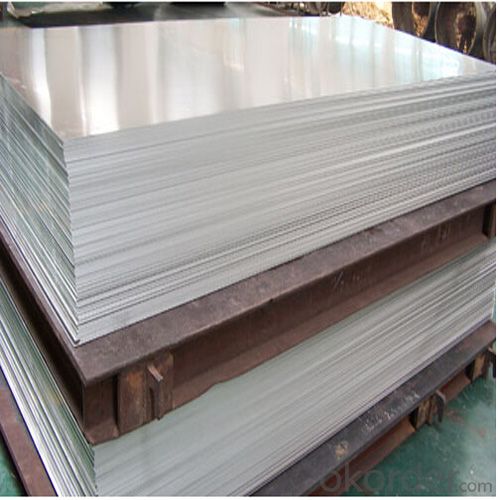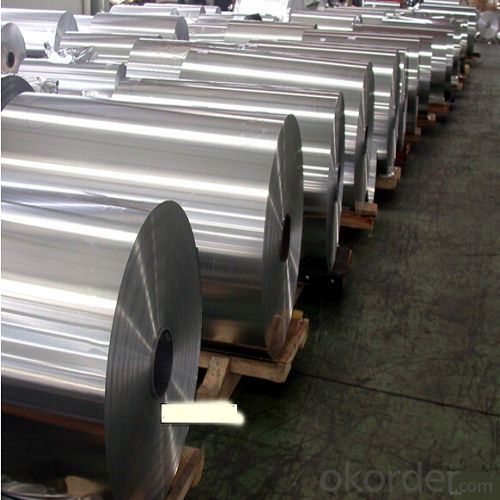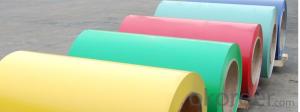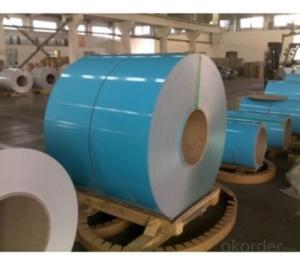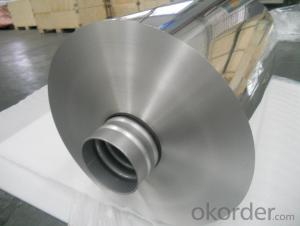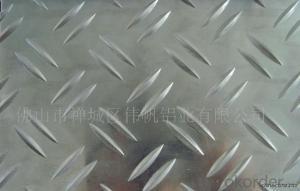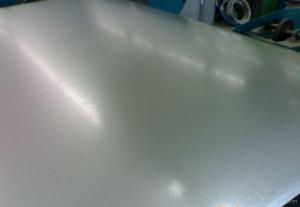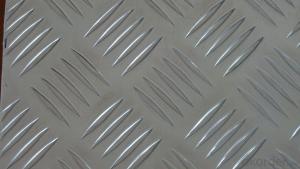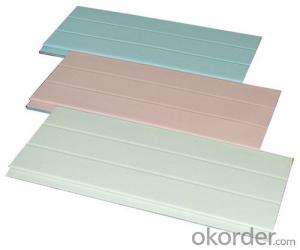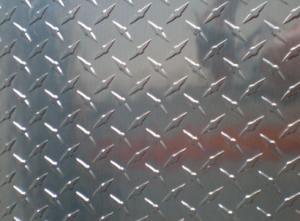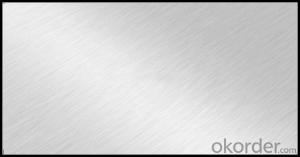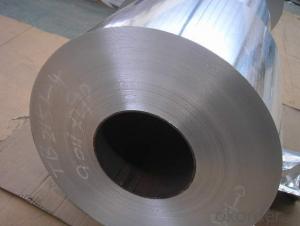Self Adhesive Aluminum Sheets 12x12 for Advertisement Board
- Loading Port:
- Shanghai
- Payment Terms:
- TT OR LC
- Min Order Qty:
- 5 m.t.
- Supply Capability:
- 10000 m.t./month
OKorder Service Pledge
OKorder Financial Service
You Might Also Like
Specification
1.Structure of Aluminium Alloy Sheets for Advertisement Board Description:
They are widely used in construction and decoration, hardware and electric appliances manufacture, automobile manufacture and other industrial and civil purposes, such as electronic capacitor, rice cooker, refrigerator, computer casting, lamp shade, air-conditioner, cosmetics cover and box, air-conditioner radiator, inner container of disinfecting cabinet, ceiling board, automobile motherboard, cover board and top board, etc.
2.Main Features of Aluminium Alloy Sheets for Advertisement Board :
Thickness: 0.2-200mm
Thickness Tolerance: +/- 0.005mm
Width: 200-2000mm
Width Tolerance: +/-0.5mm
Length: 800-4200mm or in coil size
3. Aluminium Alloy Sheets for Advertisement Board Images:
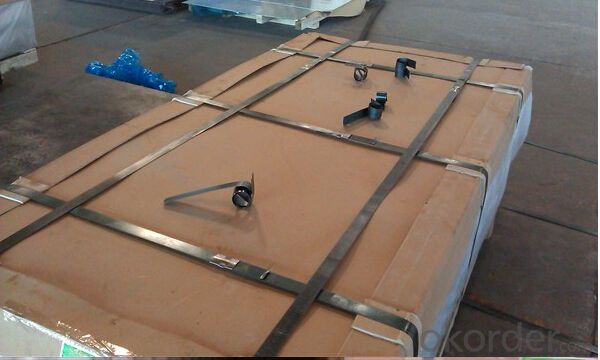
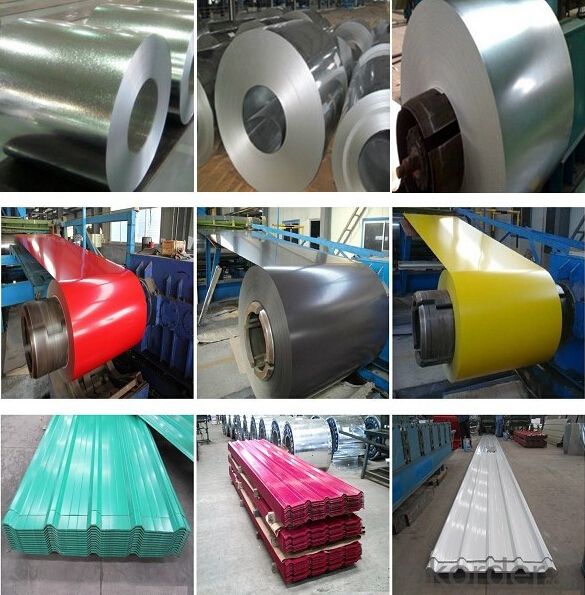
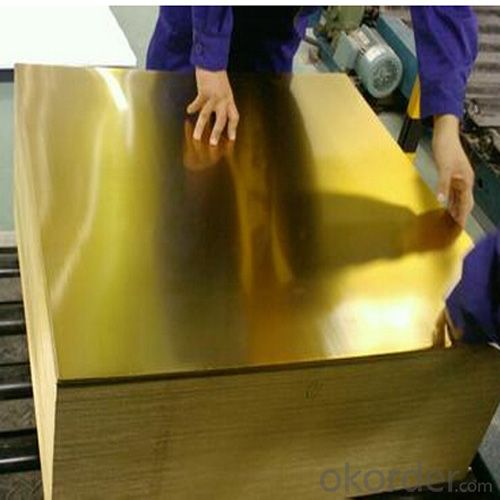
4. Aluminium Alloy Sheets for Advertisement Board Specification:
| Alloy | Si | Fe | Cu | Mn | Mg | Zn | Ti | Al |
| 1060 | 0.2 | 0.25 | 0.05 | 0.03 | 0.03 | 0.05 | 0.015-0.02 | 99.6 |
| 1050 | 0.25 | 0.4 | 0.05 | 0.05 | 0.05 | 0.05 | 0.015-0.02 | 99.5 |
| 1100 | 0.2 | 0.5-0.6 | 0.05 | 0.05 | - | 0.05 | 0.015-0.02 | 99 |
| 1235 | 0.65 | 0.05 | 0.05 | 0.05 | 0.1 | 0.06 | 99.35 | |
| 3003 | 0.2 | 0.3-0.45 | 0.05-0.15 | 1.05-1.35 | - | 0.1 | - | - |
| 3102 | 0.2 | 0.1-0.4 | <0.1 | 0.1-0.4 | - | <0.05 | <0.05 | - |
| 3105 | 0.6 | 0.7 | 0.3 | 0.3-0.8 | 0.2-0.8 | 0.4 | 0.1 | - |
| 5052 | 0.088 | 0.296 | 0.007 | 0.038 | 2.253 | 0.009 | 0.012 | - |
| 8011 | 0.55-0.59 | 0.69-0.75 | 0.02 | 0.025 | 0.01 | 0.01 | 0.015-0.02 | - |
| 5083 | </=0.4 | 0.4 | </=0.1 | 0.4-1.0 | 4.0-4.9 | 0.25 | </=0.15 | R |
| 5754 | 0.07 | 0.3 | 0.006 | 0.18 | - | - | 0.016 | R |
| 6061 | 0.4-0.8 | 0.7 | 0.15-0.4 | 0.15 | 0.8-1.2 | 0.25 | 0.15 | R |
| 6082 | 0.8-1.5 | 0.5 | 0.1 | 0.4-1.0 | 0.6-1.2 | 0.2 | 0.1 | R |
5.FAQ
Q1.How long have you been in this product?
A1:More than 10 years.
Q2. What's the minium quantity(MOQ)?
A2. 5 Metric tons
Q3. How long is shipping time?
A3. 7 (ready-made products)-25 days(OEM)
Q4. How do you guarantee the quality?
A4. 1. Cooperating and Exchaning experience with sevral quoted aluminum companies
2. Japanese and Swiss production line and skilled works (regular training and testing)
3. more than 10 years production experience.
Q5. Do you have after sale service?
A5. Yes. Any quality problem occurs within one year, pls take photoes,we will be responsible.
- Q: Are aluminum sheets suitable for use in food processing or packaging industries?
- Aluminum sheets are indeed appropriate for utilization in the food processing and packaging sectors. The food industry extensively employs aluminum due to its exceptional properties and advantages. To begin with, aluminum is a safe material for direct contact with food as it is non-toxic. It does not react with food or affect its taste, guaranteeing the preservation of the original flavor and quality. This is particularly crucial in packaging, as it aids in maintaining the freshness and integrity of the food product. Moreover, aluminum possesses excellent thermal conductivity, enabling efficient and uniform heat distribution during food processing. This attribute is advantageous in cooking, baking, and other thermal procedures, ensuring that food is cooked or processed evenly. Additionally, aluminum sheets exhibit outstanding barrier properties, including resistance to moisture, light, and gases. This shields food from external factors that could potentially degrade its quality, such as moisture or oxygen. It also extends the shelf life of packaged food products. Furthermore, aluminum sheets are lightweight, yet sturdy and durable. This makes them easy to handle and transport in food processing and packaging operations. Their strength and durability ensure that the packaging remains intact and safeguards the food during transportation and storage. Lastly, aluminum is an environmentally sustainable material. It is fully recyclable, meaning it can be reused without losing its properties. This aids in reducing the environmental impact and supports the concept of a circular economy. In conclusion, aluminum sheets are highly suitable for use in the food processing and packaging industries. Their non-toxic nature, thermal conductivity, barrier properties, lightweight yet strong characteristics, and sustainability make them an ideal choice for ensuring the safety and quality of food products.
- Q: What are the different methods of surface patterning aluminum sheets?
- Aluminum sheets can be patterned using a variety of methods, each with its own benefits and applications. Some commonly used techniques include: 1. Mechanical Etching: By employing abrasive materials like sandpaper or wire brushes, patterns can be created on the aluminum surface. Different pressures and movements can be applied to achieve desired designs. Mechanical etching is a versatile and cost-effective method suitable for both simple and complex patterns. 2. Chemical Etching: Also known as chemical milling, this method involves using chemicals to selectively remove material from the aluminum surface and form patterns. The aluminum sheet is coated with a resist and then submerged in an etchant solution, which dissolves the exposed areas, leaving behind the desired pattern. Chemical etching allows for precise and intricate designs but requires careful control of the etching process. 3. Laser Engraving: This technique utilizes a high-power laser beam to remove material from the aluminum surface and create patterns. The laser beam is controlled by computer software, enabling precise and detailed designs. Laser engraving is suitable for both small and large-scale production, offering high accuracy and repeatability. 4. Embossing: In this method, the aluminum sheet is pressed between two dies with raised patterns, resulting in a three-dimensional design on the surface. Embossing can be achieved through mechanical or hydraulic presses and is commonly used to add texture and aesthetic appeal to aluminum sheets, such as for decorative purposes or branding. 5. Printing: Various printing techniques can be employed to apply patterns onto aluminum sheets. These include screen printing, which involves forcing ink through a mesh screen onto the aluminum surface, and digital printing, which utilizes inkjet technology for high-resolution patterns. Printing methods allow for a wide range of colors and designs, making them suitable for decorative applications. The choice of surface patterning method depends on factors such as desired pattern complexity, production volume, cost considerations, and the intended end-use of the aluminum sheets. Each method offers distinct advantages and limitations, allowing manufacturers to select the most suitable technique according to their specific requirements.
- Q: What are the rules or laws concerning the application of flame-retardant coatings on aluminum sheets?
- <p>Yes, there are regulations regarding the use of flame-retardant coatings on aluminum sheets. These regulations vary by country and application, but they generally aim to ensure safety and compliance with fire safety standards. In the United States, for example, the National Fire Protection Association (NFPA) provides guidelines, and building codes like the International Building Code (IBC) may specify requirements for flame retardancy. The European Union has its own set of standards, such as EN 13501, which classifies the reaction to fire performance of construction products. Compliance with these regulations is crucial to ensure that the aluminum sheets and their coatings meet the necessary safety standards and to avoid legal penalties.</p>
- Q: This question asks about the distinctions between aluminum sheets that are produced domestically versus those that are imported.
- <p>Yes, there can be differences between domestic and imported aluminum sheets. These differences may include quality standards, material composition, thickness, surface finish, and price. Domestic sheets are often produced to meet local standards and regulations, while imported sheets may adhere to different international standards. The manufacturing process and raw materials used can also vary, leading to differences in durability, strength, and workability. Additionally, imported sheets might have different certifications or come from countries with lower production costs, which can affect the price. However, it's important to note that not all imported aluminum sheets are of lower quality; some may be of higher quality or have specific characteristics that are not available domestically.</p>
- Q: Can 101 aluminum sheets be used in the production of sporting goods?
- Yes, 101 aluminum sheets can be used in the production of sporting goods. Aluminum is a versatile material that offers several benefits for sporting equipment. It is lightweight, which is crucial for many sports equipment like bicycles, tennis rackets, and baseball bats, as it allows for easier handling and maneuverability. Additionally, aluminum is corrosion-resistant, ensuring the longevity of the sporting goods even when exposed to various weather conditions. It also provides excellent strength-to-weight ratio, making it suitable for high-performance equipment that requires durability without adding unnecessary weight. Therefore, 101 aluminum sheets can be a viable choice for manufacturing various sporting goods, providing the desired properties needed for performance, longevity, and user experience.
- Q: Can aluminum sheets be used for fencing?
- Yes, aluminum sheets can be used for fencing. Aluminum is a lightweight and durable material, making it suitable for fencing purposes. It is resistant to rust and corrosion, making it a long-lasting option. Additionally, aluminum sheets offer a sleek and modern look to any fence.
- Q: Where is a good website to get a brand new sealed in box Aluminum macbook.
- there are none, i know i sucked it up and went to apple, worth every penny. good luck!
- Q: How are aluminum sheets cut or shaped?
- Aluminum sheets can be cut or shaped using various methods depending on the desired outcome. One common method is using a saw, such as a circular saw or a bandsaw, with a carbide-tipped blade specifically designed for cutting metal. This allows for straight cuts and can be used for both thin and thick aluminum sheets. Another method is using a shear, which is a machine that uses sharp blades to cut the aluminum sheet. Shearing is ideal for cutting straight lines quickly and efficiently, especially for thinner sheets. For more intricate shapes or curves, aluminum sheets can be cut using a water jet cutter or a laser cutter. Water jet cutting involves using a high-pressure jet of water mixed with an abrasive material to cut through the sheet. Laser cutting, on the other hand, uses a focused laser beam to melt or vaporize the aluminum, resulting in precise and intricate cuts. In addition to cutting, aluminum sheets can also be shaped through processes like bending, rolling, or stamping. Bending involves using a press brake to bend the sheet into the desired angle or shape. Rolling, on the other hand, uses a rolling machine to gradually shape the sheet into curves or cylinders. Lastly, stamping involves pressing the sheet against a die to create specific shapes or patterns. Overall, the method used to cut or shape aluminum sheets depends on the thickness of the sheet, the desired outcome, and the available equipment.
- Q: Is aluminum sheet resistant to UV rays?
- Yes, aluminum sheet is resistant to UV rays. Aluminum naturally forms a protective oxide layer that acts as a barrier against UV radiation. This oxide layer helps to prevent the aluminum sheet from being damaged or degraded by exposure to the sun's UV rays. This makes aluminum sheet a suitable material for outdoor applications, where it can withstand prolonged exposure to sunlight without fading or deteriorating. Additionally, the reflective properties of aluminum further contribute to its UV resistance, as it can reflect a significant amount of the sun's rays, reducing heat absorption and potential damage.
- Q: I've heard certain eyeliners contain lead and that it's a harmful (cancerous) ingredient. I use Urban Decay's 24/7 eyeliner and on the box it says it contains aluminum powder. Is that another word for lead? If not, is aluminum powder harmful too? Thanks!
- Aluminium and lead are two different elements - they're not the same thing. (Aluminium is the stuff that soft drink cans are made of.) But i would watch out for aluminium as well. There is a small amount of evidence that aluminium might be linked to Alzheimers and things like that. It's much *less* of a risk than lead, but generally metal powders are not things that you want in your body, if you can avoid it.
Send your message to us
Self Adhesive Aluminum Sheets 12x12 for Advertisement Board
- Loading Port:
- Shanghai
- Payment Terms:
- TT OR LC
- Min Order Qty:
- 5 m.t.
- Supply Capability:
- 10000 m.t./month
OKorder Service Pledge
OKorder Financial Service
Similar products
Hot products
Hot Searches
Related keywords
